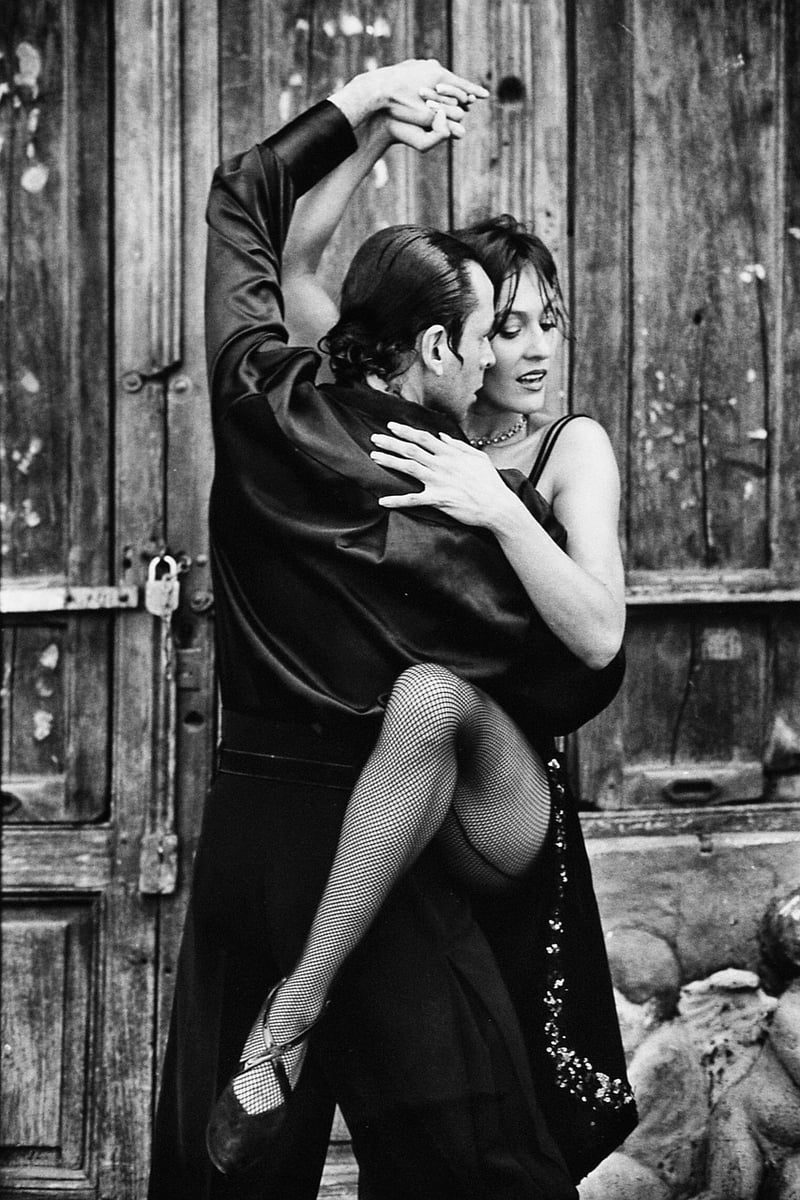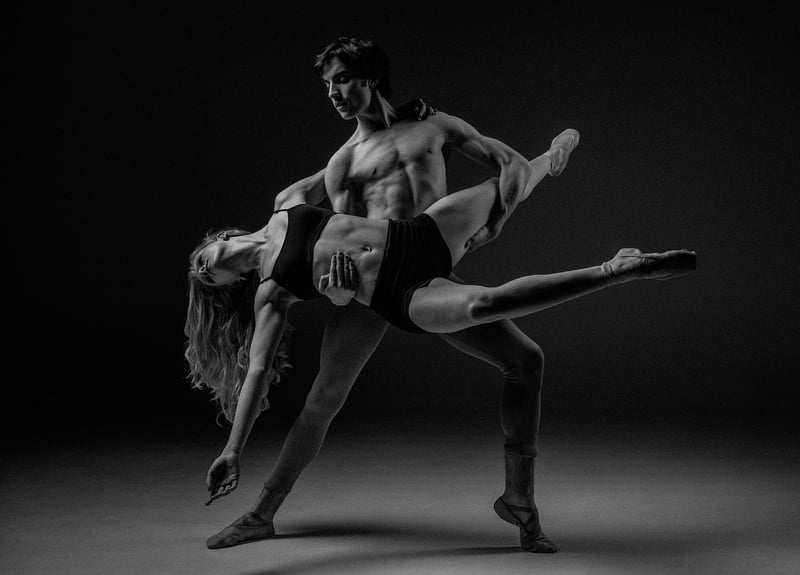Ballet
The Art of Expressive Movement in Ballet
Ballet, known for its grace and precision, is not just a dance form but a powerful means of expressive movement. Dancers use their bodies to convey emotions, tell stories, and captivate audiences through the language of dance. In ballet, every movement is deliberate, every step calculated to evoke a specific feeling or narrative.
Emotional Expression through Ballet
One of the most captivating aspects of ballet is its ability to express a wide range of emotions without saying a word. From the joy of a grand allegro to the sorrow of a poignant adagio, dancers communicate feelings through their movements, gestures, and facial expressions. The fluidity of ballet allows for seamless transitions between emotions, creating a truly mesmerizing experience for both performers and spectators.
Storytelling and Narrative
Ballet is also a powerful storytelling tool. Through choreography, music, costumes, and stage design, ballet performances transport audiences to different worlds and eras. Dancers embody characters, from princes and princesses to villains and fairies, bringing stories to life through their movements. Whether it's a classic like Swan Lake or a contemporary piece, ballet has the power to immerse viewers in a narrative without the need for words.
The Importance of Technique
While expressive movement is at the heart of ballet, technique serves as the foundation that allows dancers to convey emotions effectively. Years of training in disciplines like turnout, alignment, and épaulement enable dancers to execute movements with precision and control. This technical mastery is essential for expressing complex emotions and narratives through dance.
Exploring Creativity through Ballet
Within the structured world of ballet, there is also room for creativity and individual expression. Choreographers push boundaries, blending traditional ballet movements with contemporary influences to create innovative works that challenge conventions and spark new conversations. Dancers bring their unique artistry to each performance, infusing classical ballet with their personal touch.
Conclusion
Expressive movement in ballet is a harmonious blend of technique, emotion, storytelling, and creativity. Through the language of dance, ballet dancers communicate the depths of human experience, inviting audiences to join them on a journey of beauty, passion, and artistry.

Experience the magic of expressive movement in ballet and witness the transformative power of dance in action.
For more information on ballet and expressive movement, visit American Ballet Theatre.
